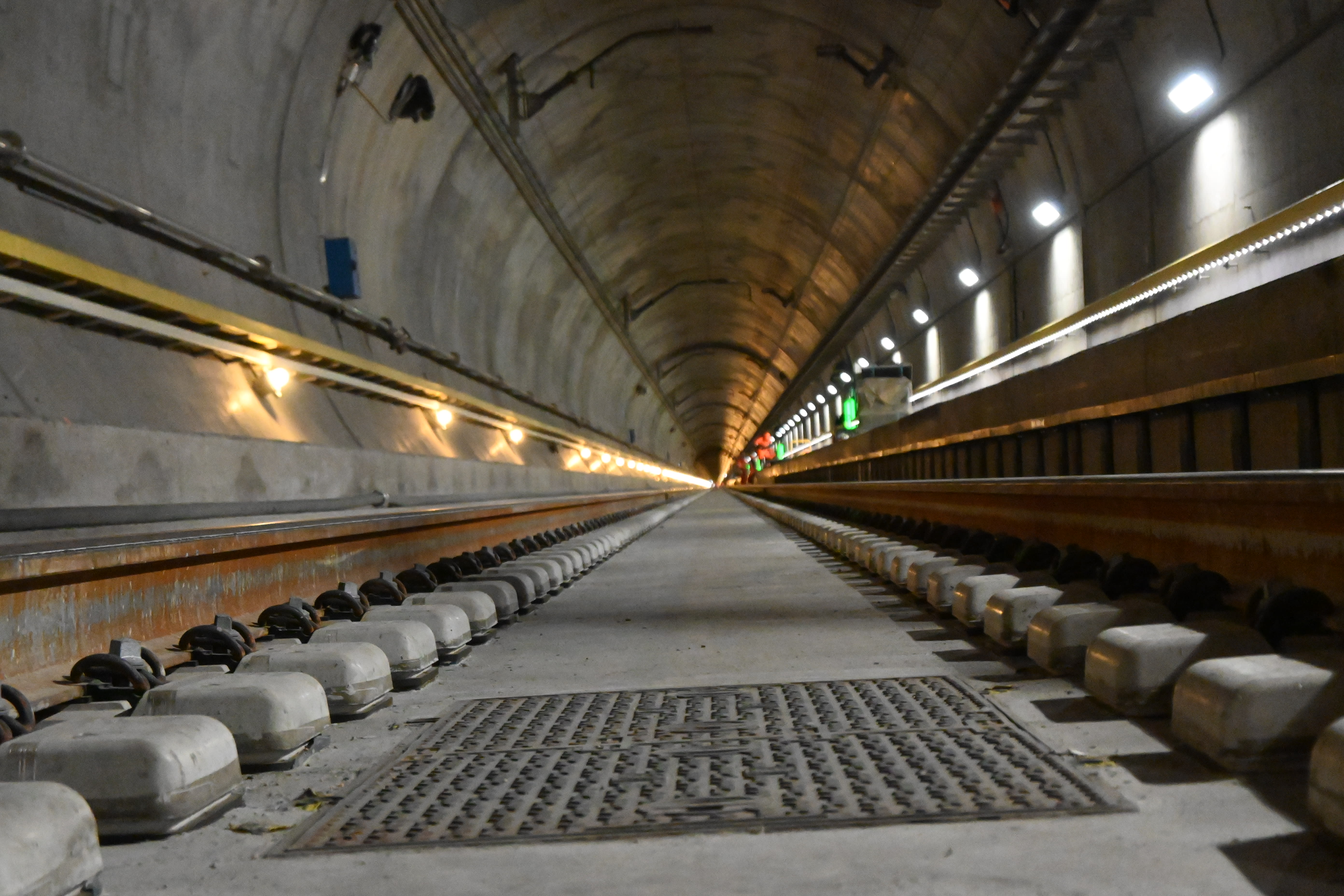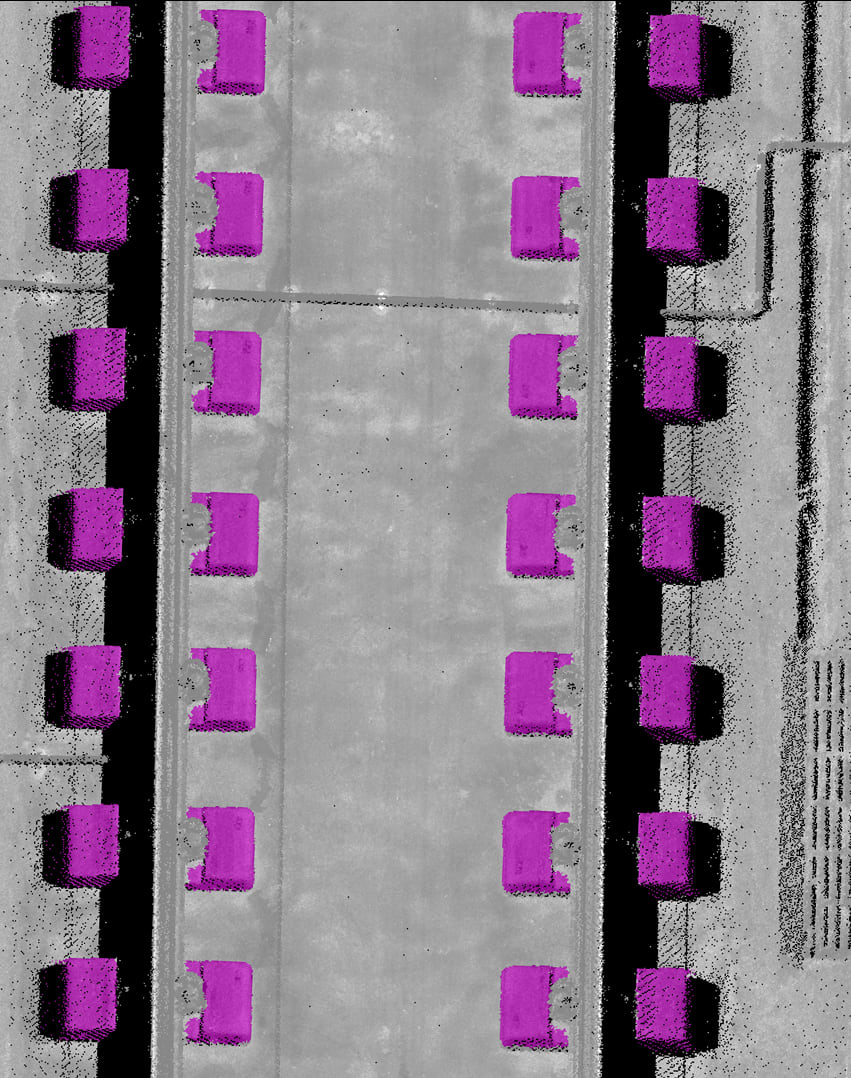AI model boosts tempo of rail tunnel repair
After a significant derailment in August 2023, Switzerland's 35-mile-long Gotthard Base Tunnel faced an urgent need for repair and a thorough quality check of its rail infrastructure.

Rhomberg Sersa Rail Group (RSRG), an international expert in rail construction, was contracted for the repair work, which included installing and aligning a new low vibration track (LVT) system over four miles. A critical final step was to verify the alignment of 20,000 sleepers, ensuring their spacing was within a tight tolerance of +/- 2 cm.
Manual inspection was deemed too time-consuming and could delay the reopening of the tunnel, the longest in the world and a key corridor linking Germany and Italy.
Dimitrios Kyritsis, RSRG's digital rail services manager, outlines the company's approach: "Our rail department experiments with new technology to make operations more efficient and safer as travel speeds continue to increase. We consider ways to use technology to meet the customers' needs while optimizing the number of people and the number of hours in the field to save money and reduce risk."

RSRG opted for an innovative solution: scanning the tunnel with a Trimble® GEDO IMS-Scan trolley system and leveraging a new capability in Trimble Business Center (TBC) office software to train custom point cloud classification models. The trolley, equipped with a Trimble GEDO GX50 laser scanner, captured a dense 360-degree point cloud, resulting in 900 point cloud files (500 GB of data).

Photo credit: Rhomberg Sersa Rail AG.
To automate the inspection of the 20,000 sleepers, RSRG used TBC's feature extraction tool. They created sample point cloud data with manually classified sleepers to train an AI model. This model was then applied to the complete point cloud data set to automatically classify the installed sleepers.
"We watched free webinars online and experimented with the tool. It was straightforward to learn," said Kyritsis. "A statistical analysis assessed the training process and indicated whether we needed a bigger area and more training. It was important to us to be able to verify the accuracy of the results, so it wouldn’t be a 'black box' for the engineers. We were pleased with our 97% accuracy after training the model."
After extraction, RSRG's in-house modules compared the 3D model to the reality capture, generating a 340-page report detailing sleeper distances with millimeter-level precision and highlighting any non-compliant gaps. "Other software limits the kinds of features we can classify and extract," said Kyritsis. "TBC offered the capability to train AI for a specific type of sleeper and improve the results. AI allowed us to automate the extraction process and complete the work quickly with confidence in the results."

Photo credit: Rhomberg Sersa Rail AG.
The use of AI not only expedited the Gotthard Base Tunnel project, it also established a valuable workflow. Trained models can now be shared across RSRG's offices, enabling more frequent, proactive inspections and extending the value of digital reality capture data for long-term lifecycle management of rail infrastructure. The western tube of the Gotthard Base Tunnel reopened in September 2024, now efficiently accommodating numerous freight and passenger trains daily.